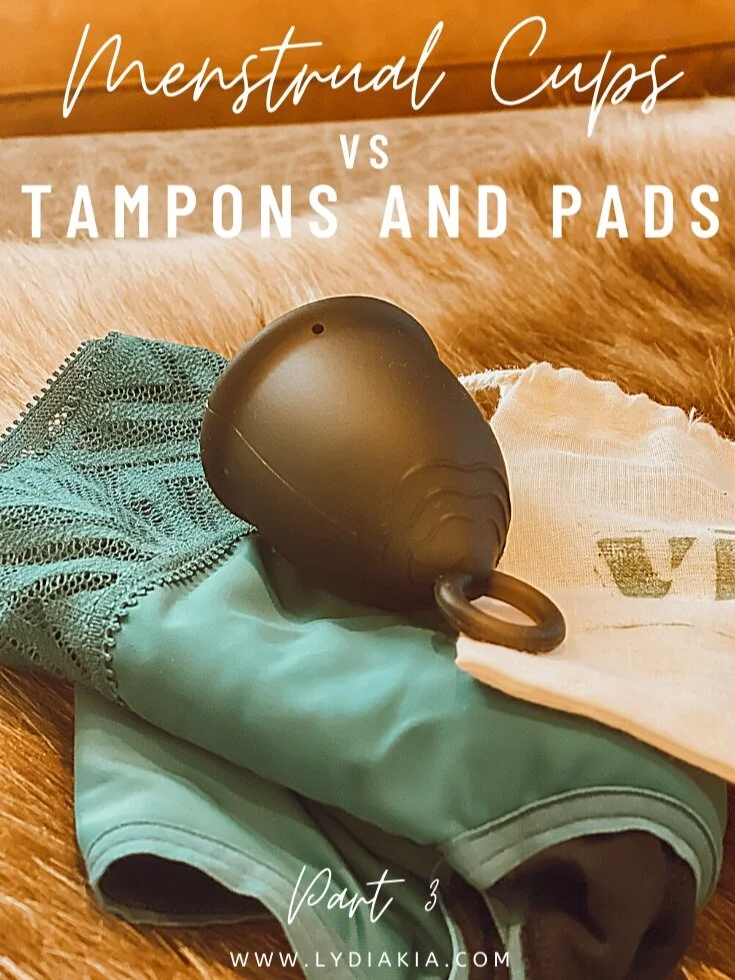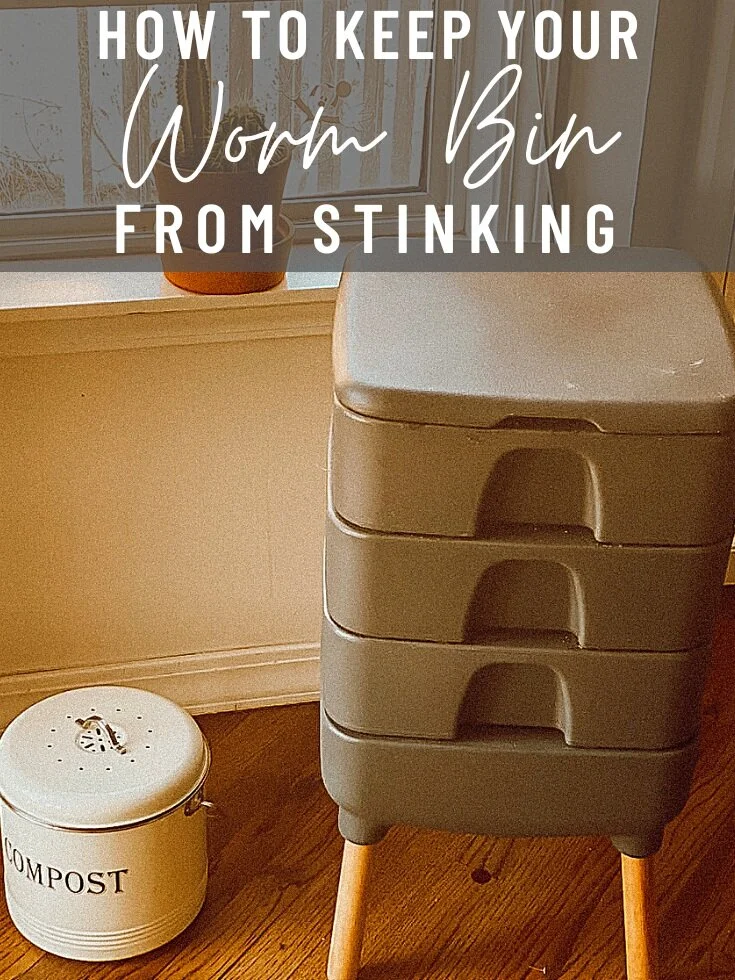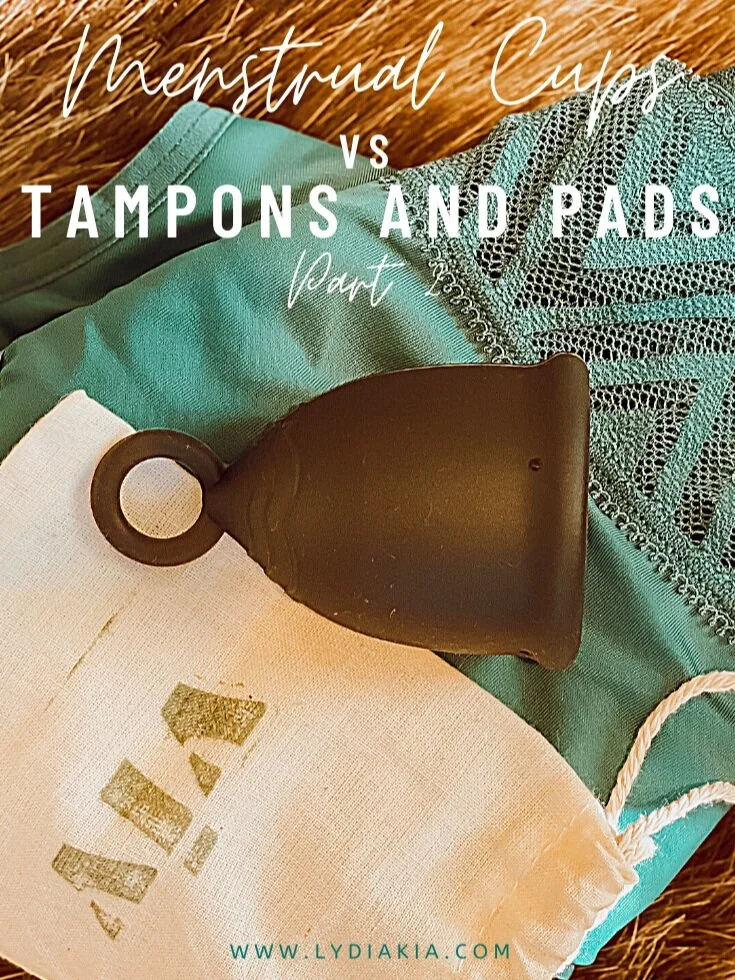Menstrual Cups vs Tampons and Pads - Part 3
In Part 1 and Part 2, we talked about all the nasty toxic chemicals that can be found in tampons and pads. We also found some great alternatives that end up better for you and our home! In this final part, I’m gonna share some of the benefits of my personal favorite alternative to tampons and pads: the menstrual cup!
Menstrual Cups
Menstrual cups - get yours here -use code lydia15 for a discount - can be a little bit higher maintenance; but after you’ve read the previous posts in this series, I’m sure that might not seem like such a big deal! Here are some of the things that make menstrual cups much safer for you:
Cleaner
Instead of absorbing the blood and tissue and leaving most of it sitting against your skin, a cup just collects it. Nice, tidy, and contained; with no risk of TSS. All you need to do is insert, dump, wash, and re-insert! Menstrual cups can be cleaned with any oil-free, fragrance-free mild soap and clean water. Many brands offer their own cleaning solution as well, so do what feels right for you.
Comfortable
Menstrual cups are made from soft substances like silicone (more on that below), that are flexible so they fit your vagina’s shape properly. This means you can do all the same things as you can with a tampon or pad, without any of the toxic risks. Plus, those other problems that always happen at the worst times… A string that rips off, or a pad flipping a little and pulling you with every step. Not comfy.
Eco Friendly
Menstrual cups are also reusable, meaning they reduce the amount of waste you put out into our beautiful earth. Instead of over 9,000 tampons and pads going into a landfill over your lifetime, you can stop adding any right now by just getting a menstrual cup!
Money-Saving
Using a menstrual cup will actually save you money in the long run! While pads and tampons are an item you will be purchasing VERY frequently, you only need one menstrual cup every six months at least. Some can even last 10 years if kept up properly! One study found that in her lifetime, a woman will spend over $6,000 on tampons OR pads. Not to mention those with a heavy flow that might need both or women that buy pantiliners on top of these.
Safe
Finally, the best benefit of using a menstrual cup is that it is nontoxic! A quality menstrual cup should be made of medical-grade silicone, rubber, or elastomer. These are chemical-free, and will not emit any toxins that will harm your body. The keyword here is definitely QUALITY though. Even if it may seem like a pricey purchase to make at once, remember the money you save in the long run, and how much safer it is for your body--and the earth!
I think we know who the clear winner is in our menstrual cups versus tampons and pads series! Put your hands together for your new bestie--the menstrual cup! Let me know in the comments if you are already on the menstrual cup train, and what your favorite kind is! (My personal favorite is the Diva Cup ;)) I hope this series has been informative for you and helps you make safer decisions for your body, and our planet. <3
LOVE THIS STUFF? Get my free self care guide







